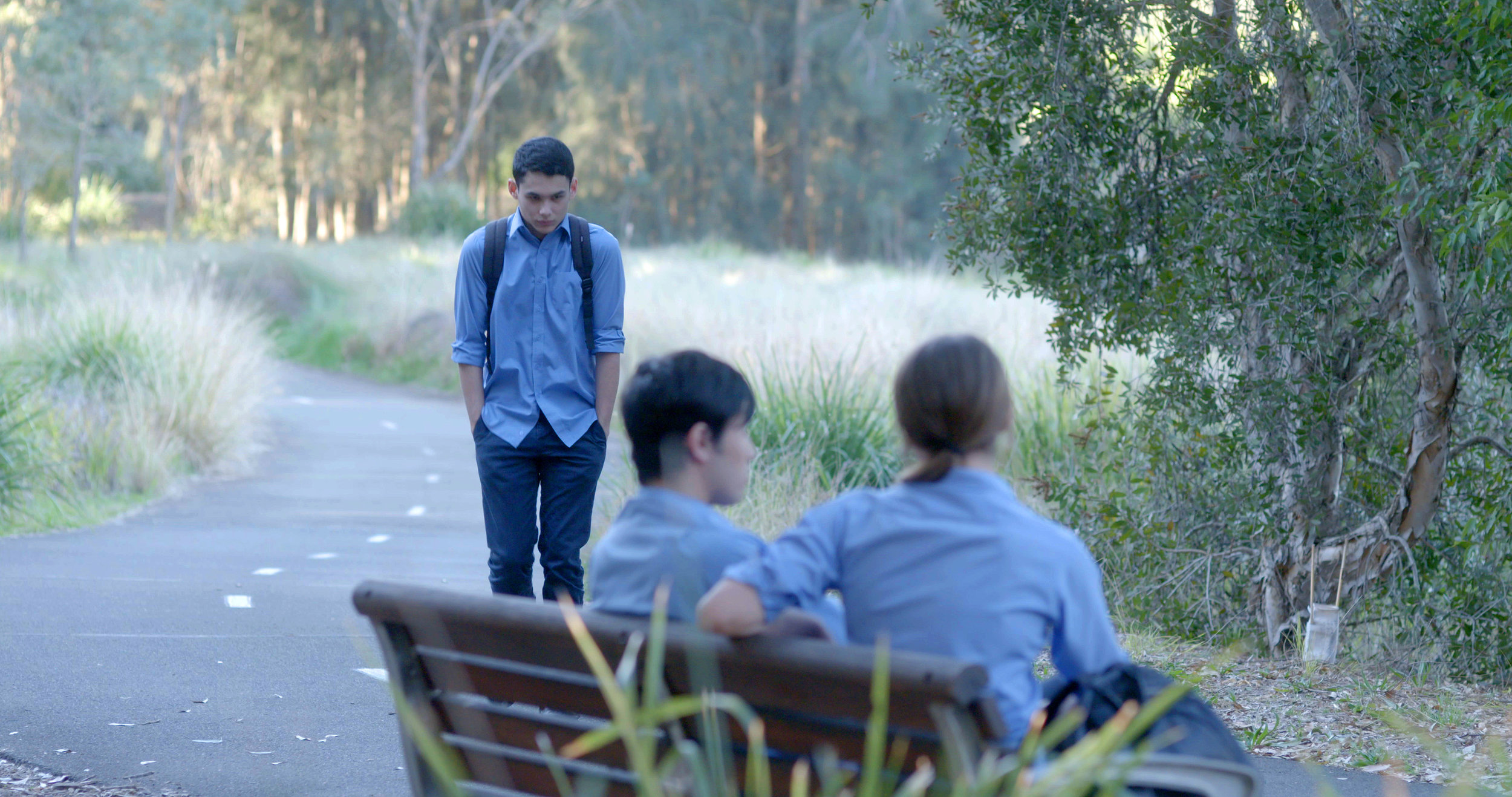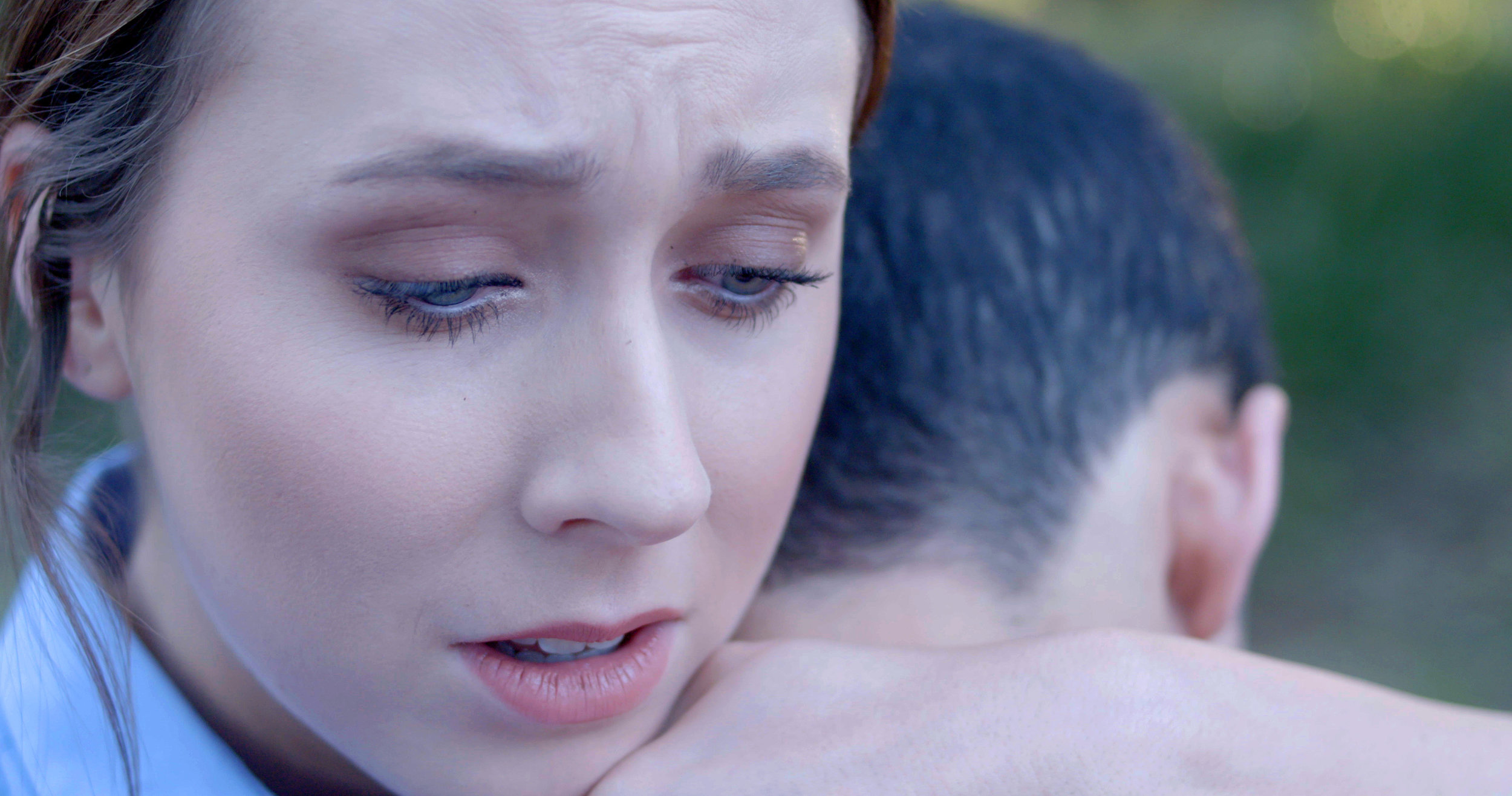SCHNEIDER XENON FF PRIME LENSES
CAPTURING A NOIR LOOK WITH THE FF PRIMES
After Nightfall is a Twin Peaks inspired dark web series about the murder of a gay teen. It is set in a world where every character is flawed, corrupted and hiding something. There was never a doubt that it would have a dark, neo noir look and I chose the Schneider Xenon FF Primes to capture it.
AFTER NIGHTFALL WEB SERIES
When an 18 year old boy from a small town is murdered, everyone is a suspect. His family, his drug dealing Uncle, his boyfriend, his ex-boyfriend and conservative parents, the town thug and the sleazy local bookshop owner...After Nightfall is a new 6 part web series, that asks the question, “Who Killed Troy McLeavey”?
CHOOSING THE FF PRIMES
With limited resources and a tight shooting schedule, big elaborate lighting setups weren't an option, so a gritty noir look was both practical and the right aesthetic choice. After all, The noir films of the fifties were born of necessity; expressionist filmmakers with lower budgets were getting out of the studio and filming in dark gritty locations.
With this in mind I decided to shoot at an ISO of 2000 on a set of fast compact lenses and I couldn't think of a better way to put the Xenon FF Primes through their paces; I'd be lighting with prac lamps indoors, streetlights for night scenes and available light with reflectors and neg-fill for daytime scenes. The lenses would have to perform under some pretty harsh conditions and in the end they outperformed the camera as well as the conditions.
I've owned a set of the FF Primes for around two years, buying them one at a time as I could afford them, first the 50mm, then the 35mm, the 75mm, 25mm, the 100mm and then last of all the 18mm--which for a while I thought was never going to arrive but in the end it was worth the wait.
The FF Primes are the first set of true cine lenses that I've owned, with the diverse types of work I do; documentary, short film, run-n-gun and web series I need a set of lenses that are compact, fast in both T stop and in ease of use and of course cinematic in their look. I love how smooth the three-hundred degree focus rack is, they have a lovely bokeh from the 14 blade iris. They also seem to have a less contrasty look than the similarly sized Zeiss and Cannon primes. For me It's easier to add contrast than it is to take it away, especially when shooting with a harsh Australian sun.
I tend to shoot wide open on these lenses with at least a 1/8 Hollywood Black Magic filter to take the 'video' look out, especially when shooting on the Sony F5/F55 or similar camera.
FILMING AFTER NIGHTFALL
Most shoot days would have one or two daytime scenes followed by three or four night scenes. So we would arrive on set at around two or three o’clock in the afternoon, shoot with available light until dark, have dinner and then do all the night scenes. This allowed us to use a lot of nice late afternoon sun light for our daylight scenes.
Most of our shoot days were location based, so we didn’t shoot episode by episode, in fact we would often shoot a scene from each episode in a single day. For instance we shot all of the conversion camp scenes together, even though they are spread across the whole season.
The director and I would do a quick location scout a few days before, then on the day we’d let the actors block and rehearse as much as possible. I’d then light around them and we’d shoot, rarely doing more than two or three takes. We were often shooting in small, cramped locations that necessitated small lights, which is lucky because all we had was a hodge lodge of LED lights.
EQUIPMENT
We filmed on the Sony F5 on Cine EI mode at 4k, which locks the iso at 2000, and shot all the night scenes at T2.1. By this time I had five of the FF Primes. I had ordered the 18mm nearly twelve months before and to be honest I wasn't sure if it was ever going to arrive. The FF Primes aren't very popular in Australia, which is what I love, it's great shooting with glass that has a different look and feel to what everyone else is using but the folks selling these lenses in Sydney thought I was crazy for buying them, especially the 18mm, which we almost gave up on ever arriving.
In addition to the Schneider Xenon FF Lenses I also use the Hollywood Black Magic Filters (1/8, 1/4 & 1/2) and the Schneider 138mm Diopters (+1 &+2)
25mm FF PRIME
The 25mm quickly became my favourite lens on this shoot and was my absolute go to lens. We'd put it on to watch the actors block the scene and rarely took it off. We shot everything on location, often in small spaces with a large cast and on the super 35 sensor it was just a perfect focal length and gave us a lovely cinematic look. I love it as a wide lens and as a close up lens, I love it hand held, off sticks or on a dolly.
While the 25mm stood out, surprising me with how often I used it, the 50mm is the unsung hero of this project. I could've quite happily shot the entire series with just the 25mm and 50mm. I was always stoked with the 75mm whenever I could put it on but considering that After Nightfall was written and directed by a playwright and shot in tight locations with a large cast there were few opportunities to use it, even fewer yet for the 100mm.
As a side note I'm really keen to put these lenses on the new Sony Venice because I think that shooting on a full frame camera will completely change the way I use them.
My least favourite lens in the kit is the 35mm, possibly unfairly I just don't trust it as much. It seems to suffer from CA worse than the other lenses and on a super 35mm sensor it's just not a go to focal length for me. Although I've never actually tested them side by side to see if any of this is true or not.
LIGHTING
We were going for a low key, high contrast chiaroscuro effect, which can be tricky when you’re short on lights. With a small crew, lighting large areas was never going to work so instead I tried for pools of light. To keep these pools of light upstage of the actors I would try and always light from the next room. In After Nightfall it always feels like the lights aren’t on in the room that the audience is in, the light is always spilling in from the next room.
We cobbled together an odd assortment of small lights, two LED panels, the type usually used for filming interviews. Three LED Fresnels used with soft boxes for lighting people, or barn doors for hard lights and wall slashes. And finally a small 4 bank Kino. Everything was set at daylight colour temp, including the camera, with gels and diffusion to match moonlight or lamplight. I also used as many prac lamps with dimmers as I could get my hands on.
WORKING WITH THE FF PRIMES
It's amazing how quickly your relationship with new equipment changes. When the lenses first arrived I practically wrapped them in cotton wool, twelve months later I'm standing on the lens box to get the perfect shot. The lenses are built tough, I've travelled with them, regularly sit, kneel and stand on them, I've shot in dusty rugged conditions, hot weather and with both experienced and beginner camera assistants and the lenses have performed through it all. The image is super sharp and looks great wide open, in fact wide open is my favourite way of using them. I also love to shoot straight into the sun or prac lights, letting them flare, which they handle beautifully, in fact when we shot straight into a set of headlights we found the lenses looked great but the camera couldn't handle it and reflected the sensor back onto the image, apparently this is a common issue with the SonyF5 when its heavily back lit.
We had quite a few focus racks from foreground to background, including one shot where we tilt up off a table and an empty whiskey bottle to an actor lying on a couch, then rack to his ghost son watching through the glass door. It was shot at night, wide open at T2.1 and there is little or no breathing or distortion on the image at all.
Possibly the best praise for these lenses comes not from me but from our Colourist, Keiran Lee, who mentioned how well balanced the shots were across each scene. in other words once he graded the first shot of a scene the others all fell in line. I'd love to take credit for this but I think it comes down to how well colour matched these lenses are. Basically I'd light a scene for the wide shot and then make minimal adjustments as we moved in for tighter shots.
18mm FF PRIME
Roughly two months after wrapping the series we decided that we needed a few pick up shots for the first episode, the shots of Nathan walking to his parent's house at the start of scene two. Believe it or not the 18mm arrived on the morning of our scheduled evening of pick up shots-there was a chance of using the 18mm on After Nightfall!
We filmed three exterior shots that night of Nathan walking home, two of them on the 25mm and one on the 18mm. The moment I put the 18mm on the camera I was blown away, it was my new favourite lens! Ofcourse the editor went with the two shots filmed on the 25mm and the 18mm was left on the cutting room floor... so here it is, the first and only After Nightfall shot filmed on the 18mm FF Prime. Enjoy all 13 seconds of it.
Below is the first episode of After Nightfall, check out scene 2, where this shot would have sat just before Nathan enters the house (it's better without it).
Check out the full After Nightfall Series
Nicholas Price
DOP | Cinematographer
nicholaspricedp.com
AUSCREW
P. (02) 9427 4444
E. auscrew@auscrew.com.au
Nicholas Price is a Sydney based DOP | Producer who has made commercials, video clips, TV, documentary and short films. Nick is a Masters graduate of AFTRS and is always striving to bring a unique visual style to any project he works on.















